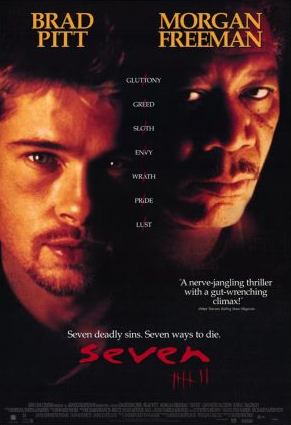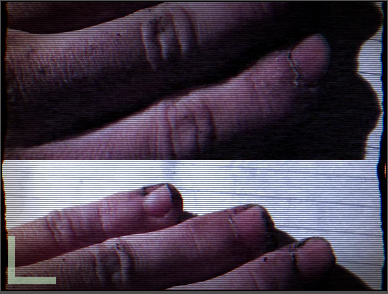When planning the sequence and
thinking of those who could star in the film, we looked for what is popular
today in TV and film. TV shows such as Doctor Who, Dexter and Sherlock are
incredibly popular at the moment especially with the 15 – 19 female age
bracket, and having Arthur Darvill – ex Doctor Who star – star in it could
attract this audience. Furthermore, we have Matthew McConaughey as our main
star to attract the fans of Dallas Buyers Club, Magic Mike and The Wolf Of Wall
Street, all of who fit into the remaining target audience bracket.
I asked 15 people on the social networking site Tumblr who had a username that had something to do with Doctor Who whether they would go to see Arthur Darvill in a film. I received 10 responses, 8 said they probably would as they would like to see him act as someone else and the others didn't like him as Rory anyway.
Feedback from our audience has
been incredibly positive. Many said they enjoyed it thoroughly and felt the
sequence was clever and well made, in intriguing the audience into the rest of
the film. The only negative feedback we received was that it is “possibly too
derivative of Se7en”, which is completely understood and we did take a huge
amount of inspiration from that title sequence.
Our work could be improved
through doing what come up in some of the original planning sessions, which was
to have more cuts to key pieces of the film – like the strangling – which would
split the sequence up more and forebode what could happen in the film.









































